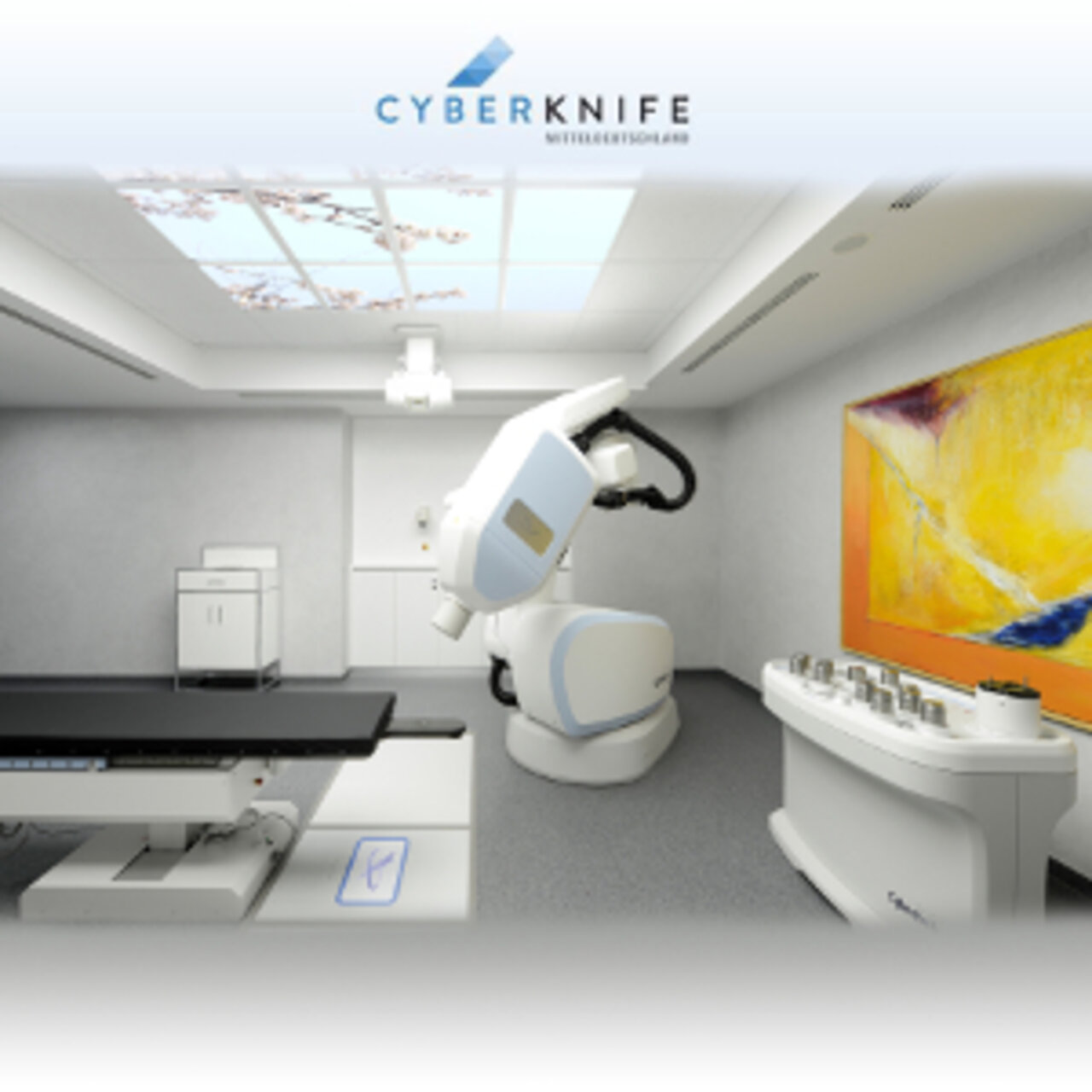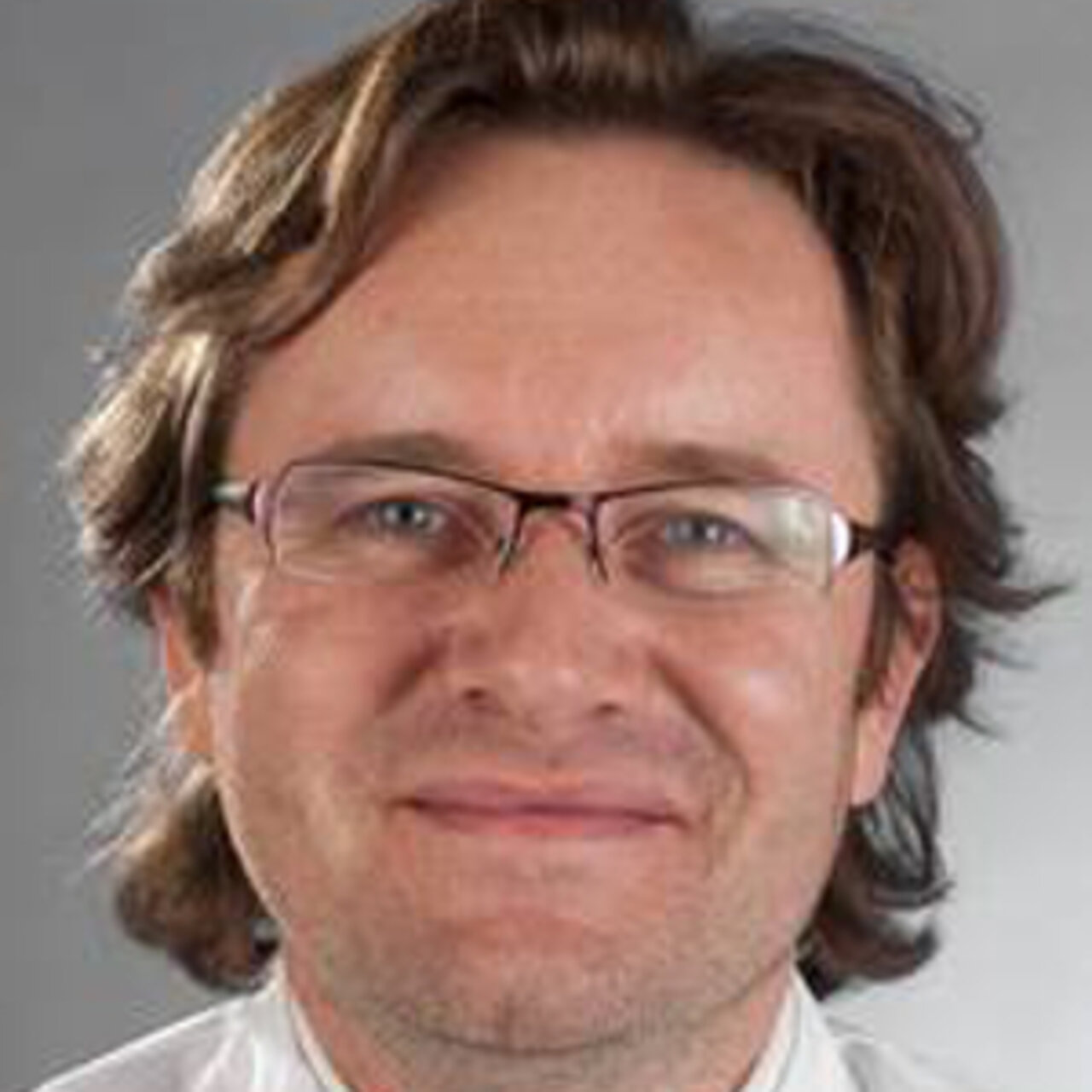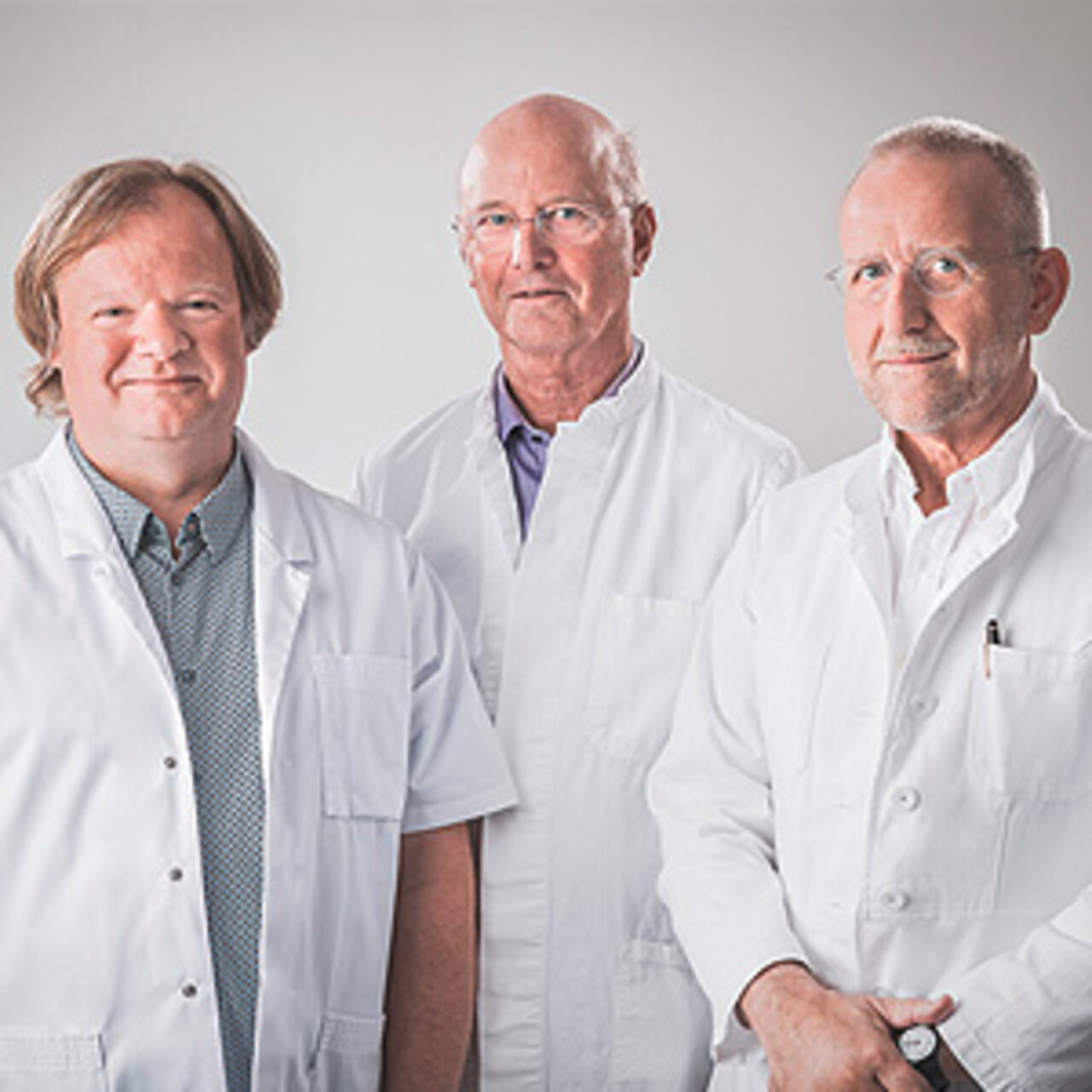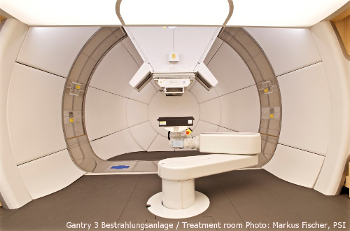Specialists in Brain Tumor
18 Specialists found
Kliniken Schmieder Allensbach and Heidelberg
Acute Neurology, Neurological Early Rehabilitation and Rehabilitation, Neuroradiology and Radiology
Allensbach
Radiological Alliance – Interdisciplinary Center for Radiosurgery
Radiation Therapy / Gamma Knife
Hamburg
Information About the Field of Brain Tumor
What Is a Brain Tumor?
In medicine, brain tumors are generally defined as all tumors inside the cranium. Brain tumors make up only a tiny part of all cancers, about 2% in adults. They are, therefore, among the rarer diseases. In childhood, brain tumors occur more frequently than other cancers and are the second most common form of cancer.
Much more common than the brain tumors developed from brain tissue are brain metastases of other body tumors. In many cases, brain metastases are caused by lung, breast, or black skin cancer. These tumor cells are infiltrated into the brain through the lymph vessels or blood vessels and settle there.
The Different Types of Brain Tumors
Brain tumors can consist of different types of tissue. Classification of brain tumors can be made according to the type of cell.
- Nerve cells: neurinomas
- Cells of the meninges: meningiomas
- Fatty tissue: lipomas
- Immune cells: lymphoma
- Astrocytes: astrocytoma
- Glial cells: glioblastoma
Brain tumors are also categorized according to their growth, displacement, and metastatic characteristics. The World Health Organization (WHO) classifies brain tumors into different tumor grades to assess their danger and prognosis:
- WHO grade I: benign, slow growth, excellent prognosis
- WHO grade II: still benign, risk of transition to a malignant tumor
- WHO grade III: already malignant
- WHO grade IV: very malignant, rapid tumor growth, poor prognosis
Benign Brain Tumors
A benign brain tumor grows slowly and usually remains well distinguishable from neighboring healthy brain tissue. The most common benign brain tumors are:
- Astrocytoma
- Oligodendroglioma
- Oligoastrocytoma
Malignant Brain Tumors
On the other hand, a malignant brain tumor often increases rapidly in size and grows destructively into the surrounding tissue, showing so-called infiltrative growth. The most common malignant brain tumors are:
- Gliomas
- Meningiomas
- Pituitary adenomas
- Neurinomas
- Metastases
Brain Tumors in Children
Brain tumors are the most common solid cancers in children younger than 15 years. Besides, brain tumors are the second most common cause of death from childhood and adolescent cancer. The tumors differ significantly from brain tumors in adults. The most common CNS tumors in children are(in order):
- Astrocytoma
- Medulloblastomas
- Ependymoma
The diagnosis "brain tumor" usually means a significant psychological burden for the affected children, siblings, and you as parents. Therefore, comprehensive care, including the parents and life situation, is all the more important.
Signs and Symptoms of Brain Tumors
Brain tumors can cause many different symptoms. It depends on the type of tumor and its location, which symptoms occur in the patient. If the tumor grows slowly, the brain can adapt by allowing the brain's unaffected areas to take over the functions of the damaged brain region, which explains why sometimes very large brain tumors do not cause symptoms for a long time and therefore remain undetected. Only with rapid growth and rapid displacement and loss of brain functions, it comes to symptoms, such as vomiting, visual disturbances, epileptic seizures, paralysis, speech disorders, headaches, and behavior and personality changes. Often the symptoms are unspecific, and many of these signs can only be seen in context and interpreted correctly afterward.
Brain Tumor Diagnostics
If a physician suspects a brain tumor, various examinations will become necessary. First of all, the symptoms and medical history are clarified in a consultation. A decisive role in the diagnosis is imaging, in which images of the head are obtained by various methods, such as
- Magnetic resonance imaging (MRT) with and without contrast agent
- Magnetic resonance spectroscopy (MRS)
- Computed tomography (CT)
- Positron emission tomography (PET)
These imaging procedures can be added by further examinations such as
- CSF examination
- Electroencephalography
- Angiography
To determine which tissue the tumor consists of, a tissue sample can be helpful, which is examined by the pathologist under the microscope and by chemical methods. The examination of the genetic material in the tumor cells also plays a role in the prognosis and therapy of brain tumors.
Treatment Options for Brain Tumors
Brain tumor surgery is usually the first step and the basis for diagnosis and therapy. However, operability depends on the location and size of the tumor. Superficial tumors are more accessible than those that are deep and hidden by sensitive brain regions. Surgery alone is often not sufficient, therefore further therapeutic approaches, such as chemotherapy and radiotherapy, are added.
In chemotherapy, drugs are applied to the body via the bloodstream. These drugs damage fast-growing cells, which means mainly tumor cells. Radiotherapy involves directing high-energy radiation at the desired location. This damages or kills the target cells. In some cases, radiosurgery with Gamma Knife or Cyberknife offers an excellent alternative to surgery.
The goal is always to remove the tumor entirely. If this is not possible, surgery can still be useful to reduce the tumor's size and thus alleviate neurological symptoms. The improvement of life quality is in the foreground.
Prognosis and Life Expectancy
Malignant tumor diseases in children often have a more favorable prognosis than cancers in adulthood. Depending on the WHO level, life expectancy can vary greatly. In the case of grade I tumors, a patient can be considered cured after complete tumor removal. In contrast, in the case of aggressive glioblastoma WHO grade IV, no cure is possible at all despite the best therapy.
Statistically, glioblastoma patients' survival time after diagnosis is, on average, 12 to 14 months, but in individual cases, it can be considerably longer. Physical condition, age, secondary diseases, and social support must also be considered to assess the prognosis.
Which Doctors and Clinics Are Specialized in Brain Tumors?
When it comes to brain tumors, specialists in neurology, neuroradiology, neurosurgery, and radiotherapy work together in an interdisciplinary team. In clinics, these teams meet in regular tumor conferences to discuss each patient individually. If the patient is a child or adolescent, a pediatric specialist is also consulted.
We help you to find an expert for your disease. All listed doctors and clinics have been reviewed by us for their outstanding specialization in brain tumors and are awaiting your inquiry or treatment request.
Sources:
- Louis et al.: The 2016 World Health Organization Classification of Tumors of the Central Nervous System: a summary. In: Acta Neuropathologica. Band 131, 2016, doi: 10.1007/s00401-016-1545-1, S. 803–820.
- Reuss et al.: IDH mutant diffuse and anaplastic astrocytomas have similar age at presentation and little difference in survival: a grading problem for WHO. In: Acta Neuropathologica. Band 129, 2015, doi: 10.1007/s00401-015-1438-8, S. 867–873.
- Weller et al.: Gliome: Aktuelle Entwicklungen in der Diagnostik und Therapie. In: Deutsches Ärzteblatt. Band 113, 2016, doi: 10.3238/PersOnko, S. 18–20.
- Recht et al.: Management of low-grade glioma. In: UpToDate. 2017.
- International Agency for Research on Cancer: WHO Classification of Tumours of the Central Nervous System. World Health Organisation, 2016, ISBN 978-9-283-24492-9.
- Van den Bent: Clinical features, pathology, and prognostic factors for oligodendroglial tumors. In: UpToDate. 2015
Medical Articles
Your benefits
If you have found a matching specialist, you can contact him/her directly and upload records if needed. And in case you need treatment, you can…
We will direct your request to the appropriate specialists
We are happy to assist you in choosing a specialist for your needs. The service of PRIMO MEDICO is always free, confidential and discreet for…
The treatment of scoliosis in transition - When is surgery necessary?
Scoliosis is a lateral deviation of the spine. This usually involves torsion of the individual trunk sections as well as a change in the side…
Specialists' Second Opition
Many people suffer from shoulder pain or hip problems. In this case, doctors quickly recommend surgical intervention. But is this really always…
High-tech against cancer: new treatment facility put into operation
At the Paul Scherrer Institute in Switzerland a new state-of-the art treatment facility, the so-called Gantry 3, has been put into operation.
Implants: "The Longer, the Better" Has Had Its Days
Ultra-short implants have a significantly better durability than expected by experts - with lower costs, treatment times, and complications.
Modern Prostheses for Natural Walking
The ankle joint is particularly susceptible to degeneration such as osteoarthritis. It has to bear the greatest weight of all joints in the body.





















![[Translate to English:] Zweitmeinung von Spezialisten [Translate to English:] Zweitmeinung von Spezialisten](/fileadmin/user_upload/Zweitmeinung-von-Spezialisten_350px.jpeg)


